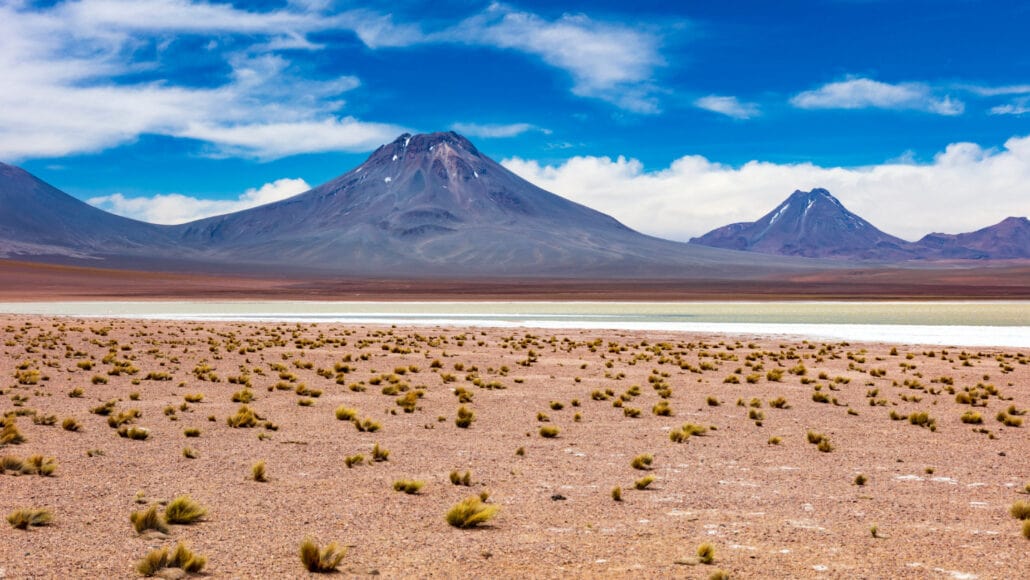While sandy shores may beckon sun-seekers, a different kind of solar spectacle unfolds in a remote corner of our world. Beyond the well-trodden paths of Arizona and Florida lies the Atacama Desert in South America, where the sun’s radiance reaches unparalleled intensity. This otherworldly phenomenon not only surpasses the luminosity atop Mount Everest but at times even emulates the sun-drenched conditions of Venus. As researchers illuminate this fascinating revelation, a deeper understanding of Earth’s most intense solar embrace comes to light.
The Atacama Desert’s Solar Symphony
In the arid expanse of the Atacama Desert, an extraordinary solar symphony unfolds, captivating the imagination. The Altiplano, a high-altitude plateau that spans across Chile, Bolivia, Peru, and Argentina, emerges as the epicenter of this dazzling display. Satellite data have long hinted at the region’s solar prowess, but the need for validation spurred scientists to explore the sunlit landscape from a vantage point closer to Earth’s heart. With an inquisitive spirit, researchers embarked on a journey to unravel the intricate dance between sunlight and the Atacama’s terrain.

Ground Truths: Probing the Solar Ballet
In their quest to unveil the solar secrets of the Atacama, researchers established an atmospheric observatory, nestled within unassuming shipping containers. Since 2016, this observatory has stood sentinel in the Chilean Altiplano, diligently capturing the nuances of solar radiation. Armed with a pyranometer, a device finely attuned to ultraviolet, visible, and near-infrared light, the team embarked on a journey of data collection. The results bore witness to the extraordinary solar might, as each square meter of the landscape bathed in an average of 308 watts of solar power. This revelation not only echoed the satellite’s whispers but surpassed readings from the apex of Mount Everest, leaving no room for doubt.
Bursting into Brilliance: The Unveiling of Intense Solar Flares
Amidst the canvas of solar radiance, the Atacama Desert occasionally ignites with bursts of unprecedented intensity. In a remarkable event during January 2017, the landscape was bathed in an astonishing 2,177 watts per square meter – a breathtaking spectacle surpassing seven times the norm. Strikingly, this celestial crescendo mirrored the sunlit intensity experienced on Venus, a planet that orbits over 40 million kilometers closer to the sun. A fleeting phenomenon, these bursts paint the desert’s canvas with brilliance for mere minutes, triggered by the ethereal dance of thin clouds channeling light towards the Earth.
Conclusion: A Celestial Overture
As the sun dips below the horizon, the Atacama Desert’s stage remains illuminated by the memories of solar brilliance. In this South American enclave, the sun’s radiance transcends mere illumination, embracing the realm of intensity. Through painstaking observation and meticulous measurement, scientists have unraveled the intricate threads of the Atacama’s solar tapestry. In this cosmic ballet, Earth’s own radiance engages in a symphony of light, creating a celestial overture that echoes through the annals of time.















